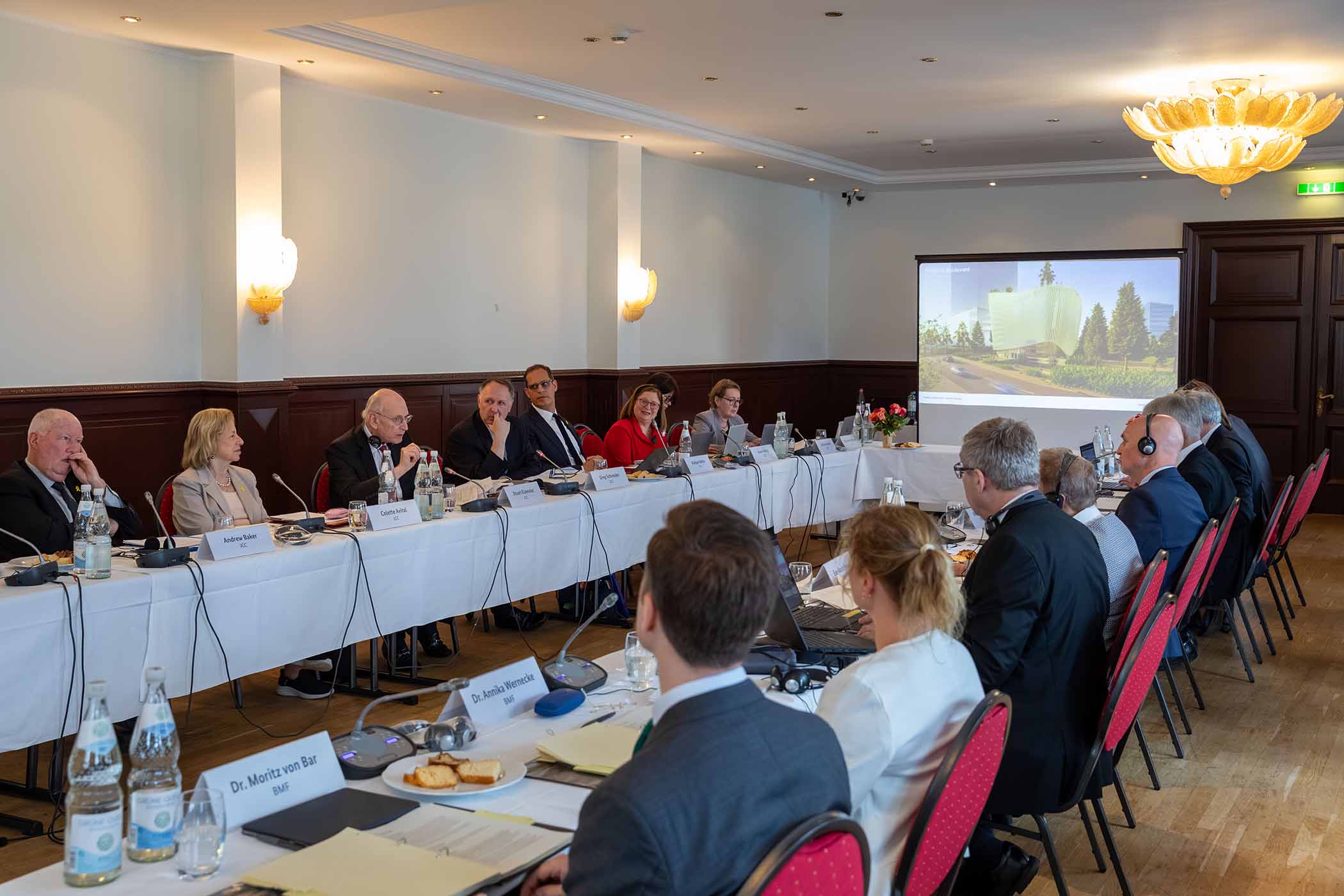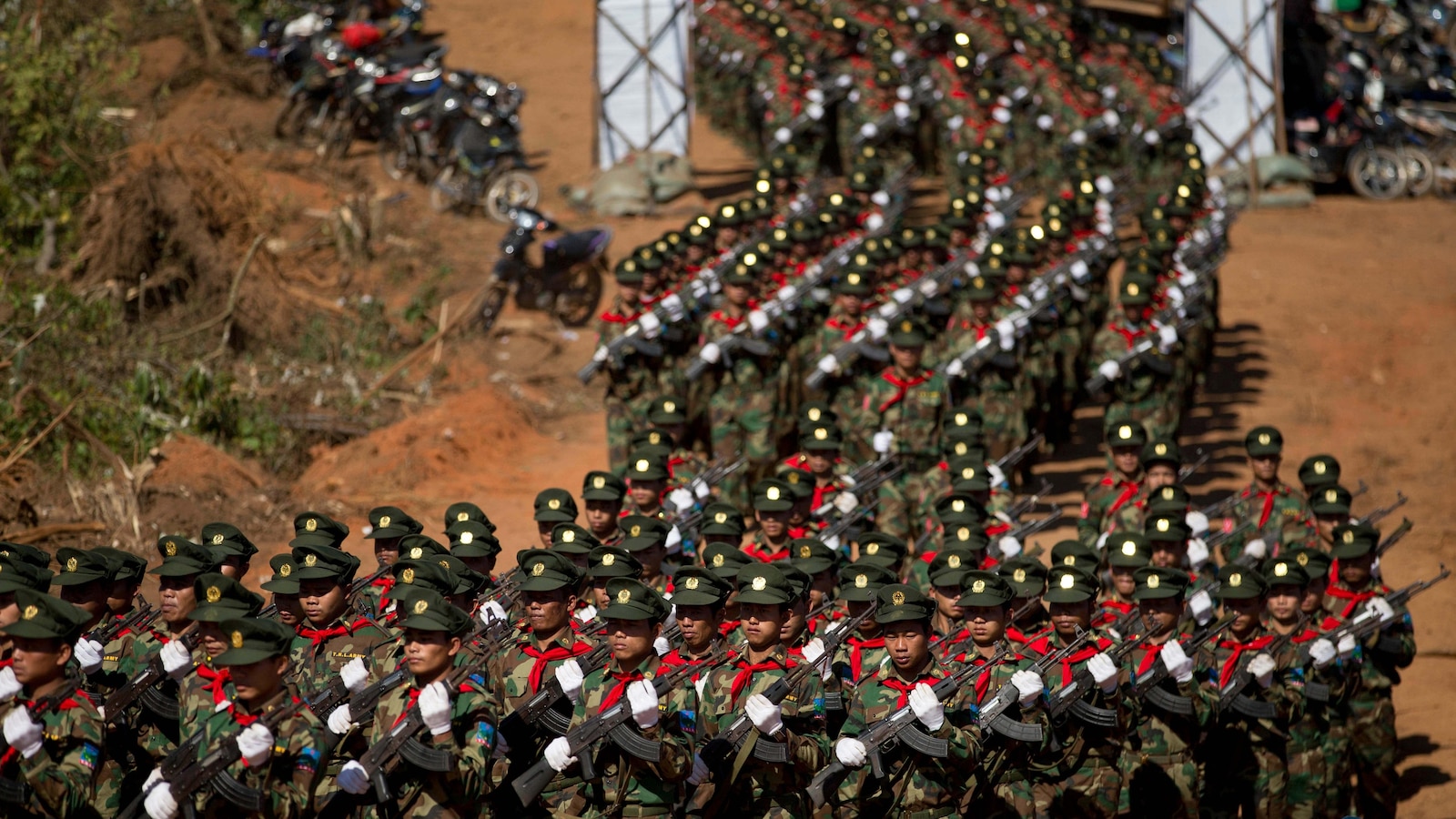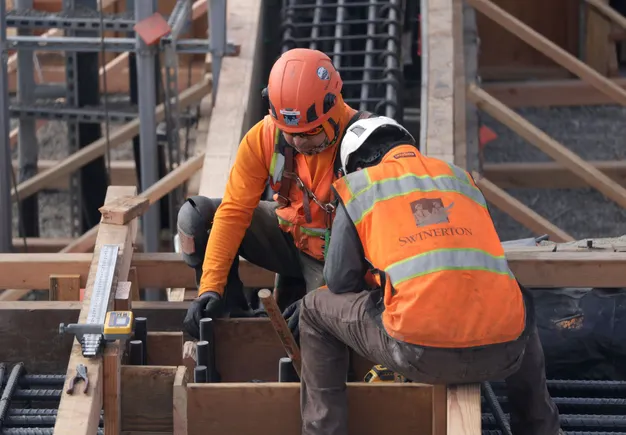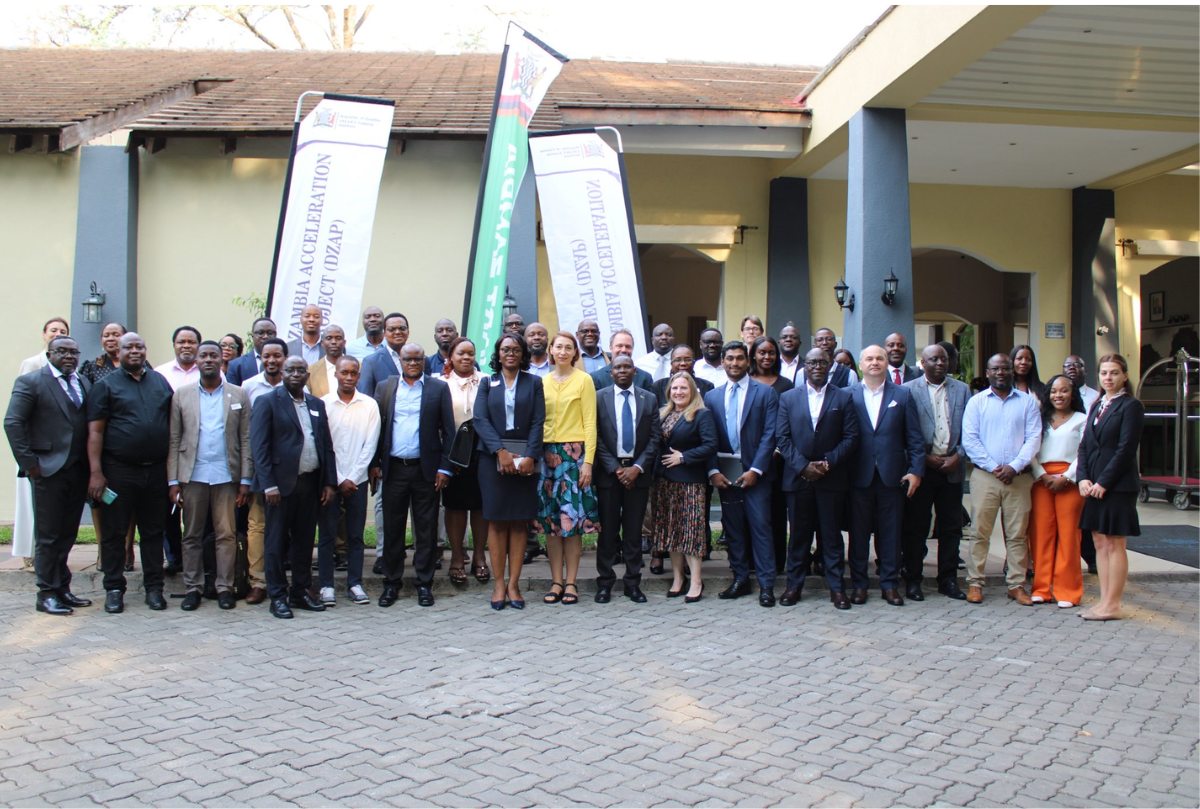IAM District 837 Members in St. Louis Reject Latest Boeing Offer, Strike for Fair Contract – IAM Union

Labor Dispute at Boeing Highlights Call for Decent Work and Economic Justice (SDG 8)
Executive Summary of Labor Action
A significant labor dispute has culminated in a strike action by members of the International Association of Machinists and Aerospace Workers (IAM) Union against The Boeing Company. This report details the events and contextualizes the dispute within the framework of the United Nations Sustainable Development Goals (SDGs), particularly SDG 8 (Decent Work and Economic Growth).
- Parties Involved: Approximately 3,200 IAM Union members and The Boeing Company.
- Locations: Boeing facilities in St. Louis, St. Charles, Mo., and Mascoutah, Ill.
- Action: Union members voted on August 3, 2025, to reject a modified four-year labor agreement, initiating a strike effective midnight, August 4, 2025.
- Background: This decision followed a prior rejection of an initial company proposal on July 27, 2025.
The Pursuit of Decent Work and Fair Compensation (SDG 8)
The core of the dispute centers on the union’s assertion that the proposed contract fails to meet the standards of decent work, a cornerstone of SDG 8. The union’s position reflects a direct effort to achieve Target 8.5: “full and productive employment and decent work for all women and men… and equal pay for work of equal value.”
- Demand for Fair Recognition: IAM District 837 Directing Business Representative Tom Boelling stated that members “deserve a contract that reflects their skill, dedication, and the critical role they play in our nation’s defense.” This aligns with the principles of fair compensation and respect for skilled labor.
- Protecting Labor Rights: The strike action itself is an exercise of fundamental labor rights, as protected under SDG Target 8.8, which calls to “protect labor rights and promote safe and secure working environments for all workers.”
- Democratic Unionism: IAM International President Brian Bryant emphasized the democratic nature of the union, stating, “our members have every right to demand a contract worthy of their contributions,” highlighting the role of strong institutions in achieving economic justice.
Broader Implications for Sustainable Development Goals
The labor action carries significance for several interconnected SDGs beyond decent work, demonstrating how industrial relations are integral to achieving a sustainable future.
- SDG 10 (Reduced Inequalities): By rejecting a contract deemed insufficient, the workers are directly challenging economic disparities and what IAM Resident General Vice President Jody Bennett termed “corporate greed.” Collective bargaining is a key mechanism for reducing income inequality by ensuring a fair distribution of economic gains.
- SDG 1 (No Poverty) & SDG 3 (Good Health and Well-being): The demand for a contract that “keeps their families secure,” as articulated by IAM Midwest Territory General Vice President Sam Cicinelli, directly links to SDG 1. Fair wages and benefits are essential for lifting households out of poverty and ensuring access to resources that support good health and well-being (SDG 3).
- SDG 16 (Peace, Justice and Strong Institutions): The IAM Union is functioning as a strong and inclusive institution, advocating for its members’ rights. This process of negotiation, dispute, and collective action is a fundamental component of industrial justice and contributes to building effective and accountable institutions at all levels.
Conclusion: Economic Security as a Foundation for Sustainable Progress
The strike by IAM District 837 members at Boeing underscores the principle that sustainable development must be built upon a foundation of economic justice and decent work. The skills these members apply to produce critical defense and aerospace systems are intrinsically linked to their right to a contract that ensures their economic security and respects their contributions. This action serves as a powerful example of workers advocating for the principles enshrined in the Sustainable Development Goals, demanding a future where economic growth is inclusive and equitable for all.
SDGs Addressed in the Article
The following Sustainable Development Goals (SDGs) are connected to the issues highlighted in the article:
- SDG 8: Decent Work and Economic Growth – The article’s central theme is a labor dispute where union members are fighting for a fair contract, which is a core component of decent work. It involves collective bargaining, the right to strike, and demands for remuneration that reflects skill and dedication.
- SDG 10: Reduced Inequalities – The article mentions the union’s effort to “push back against corporate greed” and fight for “fairness.” This directly relates to reducing economic inequalities by ensuring workers receive a just share of the value they create, rather than it being disproportionately retained by the corporation.
- SDG 16: Peace, Justice and Strong Institutions – The article portrays the IAM Union as a strong, democratic institution that provides a collective voice and ensures justice for its members. Phrases like “Our union is built on democracy” and the description of the voting process highlight the union’s role as a representative and participatory body.
Specific SDG Targets Identified
Based on the article’s content, the following specific targets can be identified:
- Target 8.8: Protect labour rights and promote safe and secure working environments for all workers.
- Explanation: The entire article is an example of workers exercising their fundamental labor rights. The IAM Union members are engaging in collective bargaining and have decided to strike, which is a protected labor right. The union’s statement, “We will be there on the picket lines,” and the fight for a contract that “keeps their families secure” directly support this target.
- Target 8.5: By 2030, achieve full and productive employment and decent work for all women and men… and equal pay for work of equal value.
- Explanation: The union’s demand is for “a contract that reflects their skill, dedication, and the critical role they play.” This is a call for decent work, where compensation is fair and commensurate with the value of the work performed. The rejection of Boeing’s proposal indicates that the members did not consider the offered terms to constitute decent work.
- Target 10.4: Adopt policies, especially fiscal, wage and social protection policies, and progressively achieve greater equality.
- Explanation: A collective bargaining agreement is a form of corporate wage policy. By rejecting the proposed contract and striking for a better one, the union members are actively trying to influence this policy to achieve a more equitable distribution of Boeing’s revenues. The fight is framed as one for “fairness” against “corporate greed,” which is at the heart of this target.
- Target 16.7: Ensure responsive, inclusive, participatory and representative decision-making at all levels.
- Explanation: The article emphasizes the democratic process within the union. It states that “Approximately 3,200… members… voted on Sunday, Aug. 3, 2025 to reject a modified four-year labor agreement” and quotes the IAM International President saying, “Our union is built on democracy, and our members have every right to demand a contract worthy of their contributions.” This demonstrates a participatory and representative decision-making process for the workers.
Implied Indicators for Measuring Progress
The article mentions or implies the following indicators that can be used to measure progress towards the identified targets:
- Indicator for Target 8.8: The primary indicator is the exercise of the right to strike. The article explicitly states, “A strike will begin at midnight on Monday, Aug 4.” Another implied indicator is the rate of union membership or collective bargaining coverage, evidenced by the “Approximately 3,200 highly-skilled IAM Union members” acting collectively.
- Indicator for Target 8.5: An indicator is the status and outcome of collective bargaining agreements. The article’s focus on the members’ vote to “reject a modified four-year labor agreement” serves as a direct measure of whether the proposed terms meet the workers’ standards for decent work and fair pay.
- Indicator for Target 10.4: The process of negotiating wage policies through collective bargaining is an indicator. The ongoing dispute and strike action are part of this process, aimed at creating a more equitable wage structure within the company.
- Indicator for Target 16.7: A clear indicator is the participation of members in union decision-making. The article provides a specific example: the “vote on Sunday, Aug. 3, 2025 to reject” the contract, which shows a functional, participatory process.
Summary of Findings
| SDGs | Targets | Indicators Identified in the Article |
|---|---|---|
| SDG 8: Decent Work and Economic Growth | 8.8: Protect labour rights and promote safe and secure working environments for all workers.
8.5: Achieve full and productive employment and decent work for all. |
– The exercise of the right to strike (“A strike will begin at midnight”). – Existence of collective bargaining coverage (“3,200… IAM Union members”). – Rejection of a proposed collective bargaining agreement (“voted… to reject a modified four-year labor agreement”). |
| SDG 10: Reduced Inequalities | 10.4: Adopt policies, especially… wage… policies, and progressively achieve greater equality. | – The process of negotiating corporate wage policies through collective action to counter “corporate greed” and achieve “fairness.” |
| SDG 16: Peace, Justice and Strong Institutions | 16.7: Ensure responsive, inclusive, participatory and representative decision-making at all levels. | – Democratic voting by union members on labor agreements (“IAM District 837 members have spoken loud and clear, they… voted… to reject”). |
Source: goiam.org

What is Your Reaction?
 Like
0
Like
0
 Dislike
0
Dislike
0
 Love
0
Love
0
 Funny
0
Funny
0
 Angry
0
Angry
0
 Sad
0
Sad
0
 Wow
0
Wow
0
























;Resize=805#)






















































